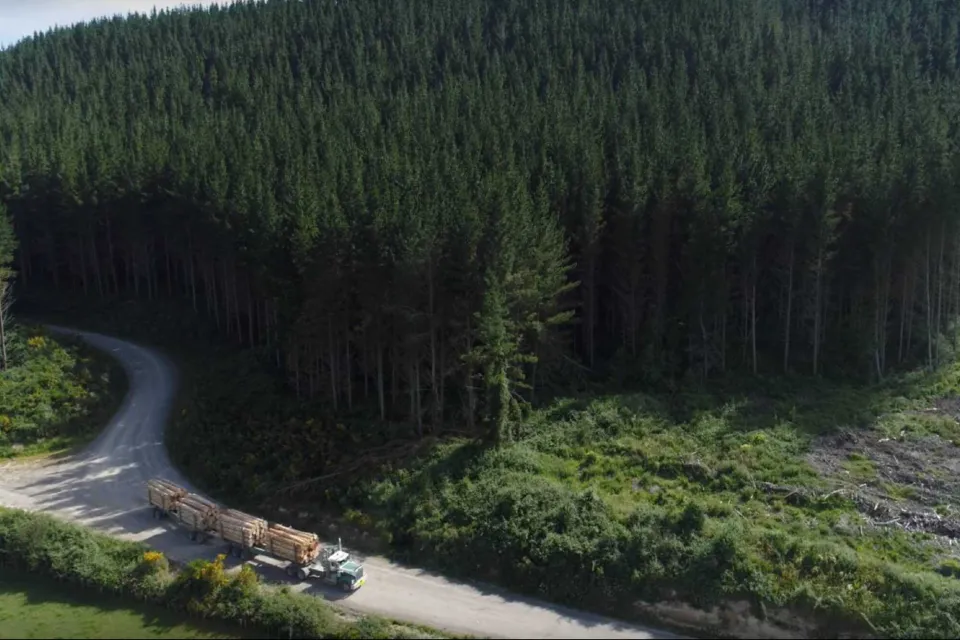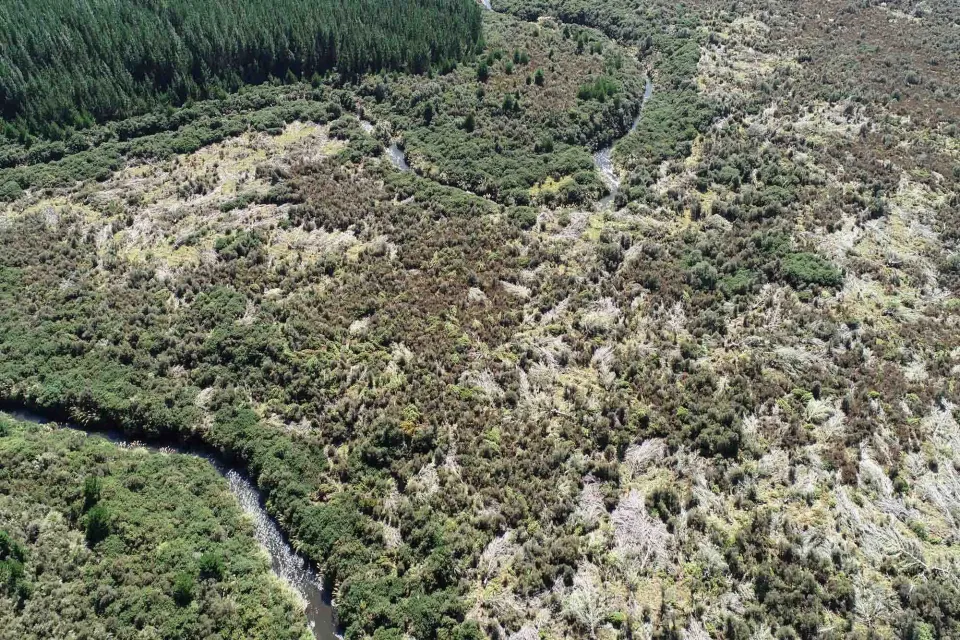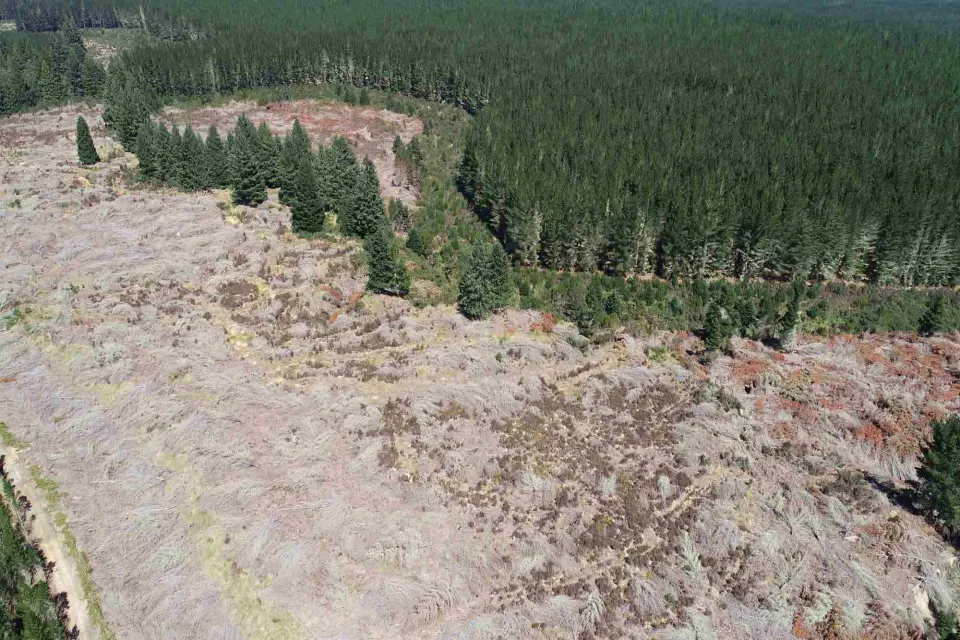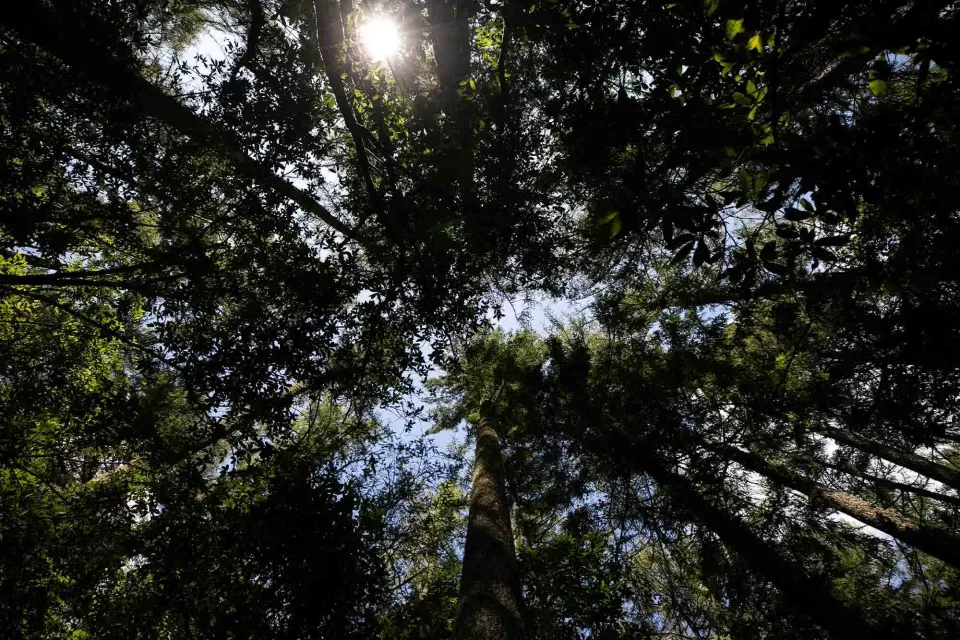-
About
-
Products
- By Timber Product
- Cladding
- Decking
- Screening
- Panelling
- View all
- By Application
- Exterior Cladding / Siding
- Exterior Rain Screen
- Interior Walls & Ceilings
- Soffits
- Screening, Fins & Battens
- Windows, Doors & Joinery
- Posts & Beams
- Accessories
- Coatings
- Fixings
- Samples
-
Resources
- Projects
- Contact
SPOTLIGHT / Restorative Practices at Kaingaroa Forest Estate
At 200,000 ha, the Kaingaroa forest in New Zealand is one of the largest plantation forests in the Southern hemisphere.
Based in Rotorua the forestry management company, Timberlands, is dedicated to ensuring the 200,000ha Kaingaroa forestry state is improved through its practices, with aspirational goals for biodiversity and restoration of the Central Plateau estate by 2050.
Guided by the United Nations Sustainable Development Goals, which were established in 2015 as a blueprint for achieving peace and prosperity for all species and the planet, Timberlands created its own roadmap for sustainability across the forestry program at Kaingaroa with its Restorative Development Goals.
Created in 2022, these Goals span a wide range of conservation efforts, including the care of endangered species and the fostering of biodiversity throughout the estate.
Much of Abodo’s timber is sourced from the nine forests that make up Kaingaroa, which is one of the largest plantation forests in the southern hemisphere.
A living forest
Located in the Volcanic Plateau about halfway between Rotorua and Taupo, the first plantings of the Kaingaroa forests were made in the early 1900s.
The volcanic, pumice-rich soils make for a fertile and porous forest, with the land now on its forth crop of trees.
The forest is also a natural habitat for a threatened species of endemic kārearea (NZ Falcon) and includes some areas of recreational, historical and environmental significance, such as the Iwitahi Heritage Protection Area, which is home to 28 species of rare, native orchid.
As well as providing and maintaining healthy habitats for these flora and fauna, the Restorative Development Goals include scientific research and engagement with external entities. Consulting with recreational fishing and hunting groups, alongside pest control experts, assists to better enhance their protection. It also includes management and restoration of waterways, reserves and native plantation zones to encourage healthy wildlife habitats and biodiversity.
Kārearea at Kaingaroa
This forest is reputed to have the highest known density of endangered kārearea (NZ Falcon) in the mainland It is especially important that nesting birds are protected within Kaingaroa, so to ensure this, Timberlands retain the larger, mature trees on the edges of the forest for nesting, with the adjacent plains being a common hunting ground for the birds.
Resident kārearea are tagged and monitored by the Wingspan Birds of Prey Trust with the help of sightings by Timberlands staff and forest visitors.
Down with pests
Pest control is imperative to ensuring native bird numbers progress upwards and also to maintain the health of native and young plantation trees. The main culprits in forest areas are possums, which pilfer eggs and feed on native shrubs and trees, while also passing on disease to neighbouring farm animals. Rabbits, hares and wallabies can also be a problem in these forests, especially when seedlings are bedded in.
Coordinating efforts with entities such as the Department of Conservation and Ospri’s TB Free Programme, Timberlands engages pest control experts to target these introduced species. The goal is for Kaingaroa to become predator free at Timberlands’ own cost, rather than through government assistance.
Variety is the spice of (forest) life
As part of Timberlands’ pledge for biodiversity and also to maintain its Forest Stewardship Council ® certification at Kaingaroa, which as of 2023 requires 10% of any New Zealand plantation forest to be set aside as native reserve, Kaingaroa so far contains 17,101 hectares of native conservation area.
This includes tussocked, hilly areas as well as old growth trees and vegetation. A recent project involves working with local Iwi in establishing native plantings, beginning with kanuka as a cover crop, around pa sites (traditional fortified villages) and riparians in the catchments of Waitahanui and Rotoehu.
While the majority of the plantation timber at Kaingaroa is fast growing radiata pine along with stands of Douglas fir, the forests also contain 48 other species, which helps to maintain biodiversity and provide variety for the timber industry. Research for these plantings, which consist mainly of Eucalyptus species, has been undertaken with the Specialty Wood Products Partnership (SWP) program.
Laying waste to wildings
Wilding conifers cause problems to conservation areas around the country, with their fast-growing and easy-spreading seed. These invasive species must be managed in order for native trees and vegetation to have room to grow. For Timberlands, controlling these wildings not only aligns with their Restorative Development Goals but is also mandated by the Principles for Commercial Plantation Forest Management in New Zealand (ES207).
Timberlands engages an environmental consulting agency to target the areas where wildling control is required, such as around the banks of the Rangitaiki River and Mount Tarawera. This is an ongoing process, with trees removed through a mixture of machinery and manual pulling.
Flourishing into the future
With these goals at the forefront of every action taken by Timberlands in the management of the forest, Kaingaroa has the potential to be much improved through the forestry process, contributing to the greater good of the country in terms of its native taonga – wildlife and trees – as well as the financial security and health of its people.
For Abodo, the knowledge that this source of our timber has sustainability and restoration written into its management is incredibly important for enabling us to meet our values – and we wouldn’t have it any other way.






